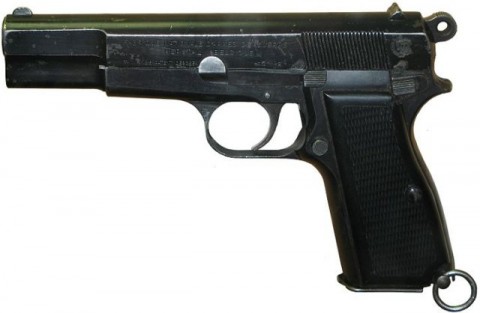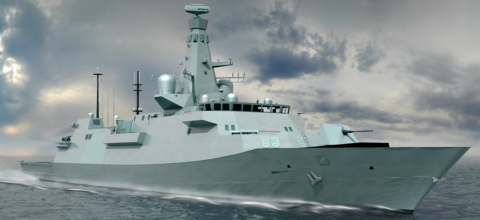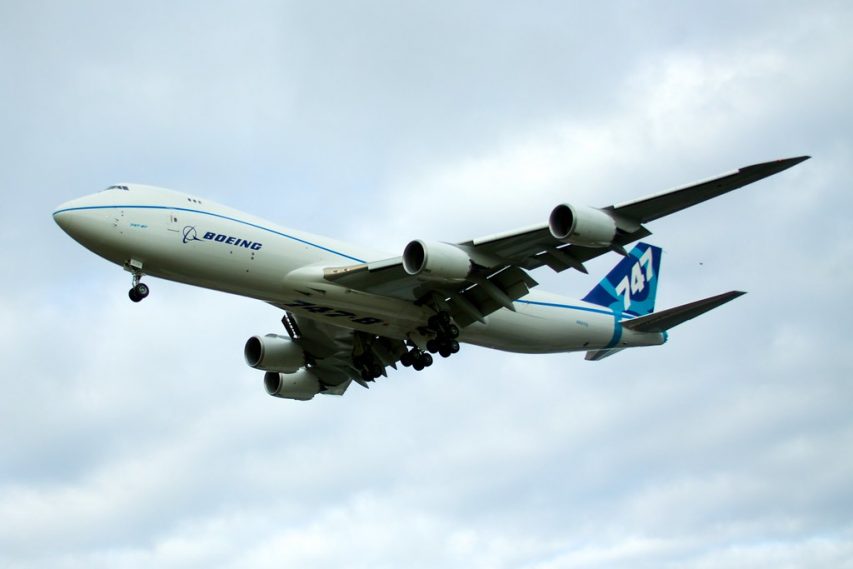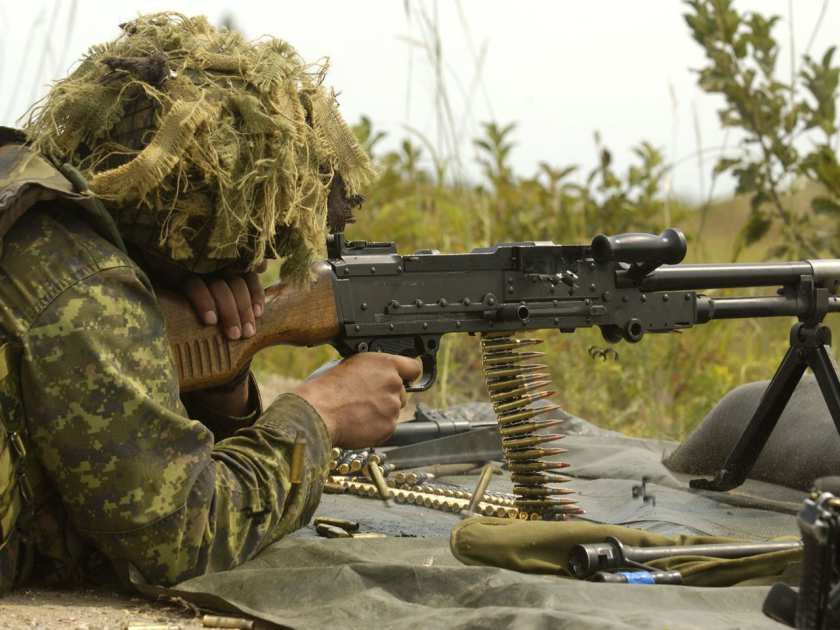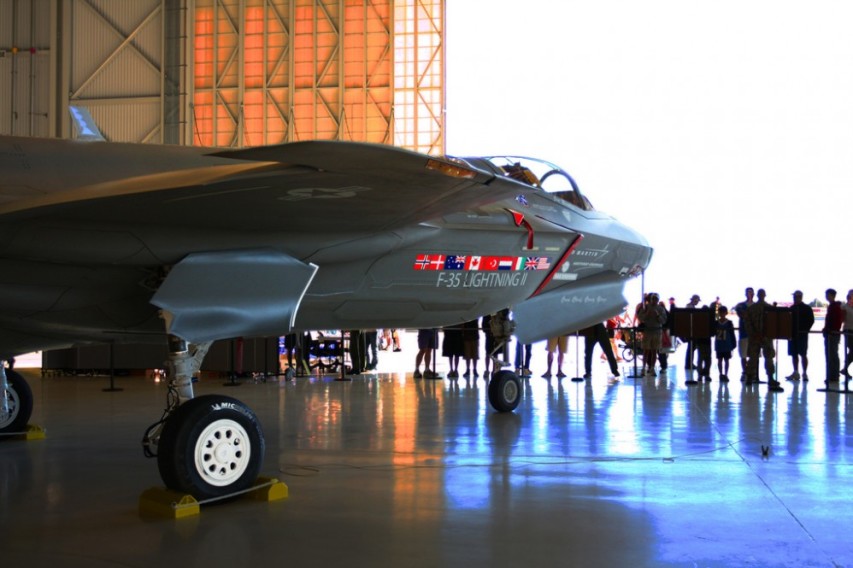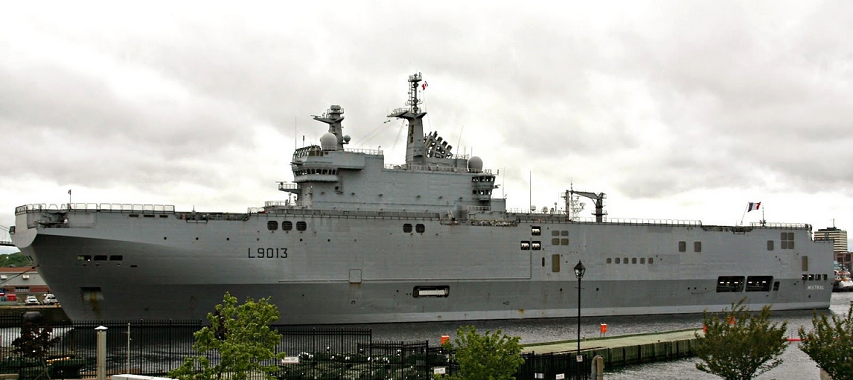The headline refers to the constant upward movement of various estimates on how much the Canadian government will be required to spend on the Canadian Surface Combatant program. In shorthand, that’s the money required to replace the Royal Canadian Navy’s current fleet of 12 frigates and the Iroquois-class destroyers that have already been retired from service. The Halifax-class frigates began entering service in the early 1990s and were designed to operate for about thirty years, meaning the RCN needs replacements to start coming into the fleet in the mid-2020s. The government initially budgeted around $26B for fifteen ships in 2008, but as with so many military equipment programs, no actual steel has been cut to begin building the new ships … in fact the design was only formally agreed in October 2018 and not signed (due to a lawsuit from one of the losing bidders) until February of this year. We’re still probably 2-3 years away from construction of the first ship in the class beginning, which will mean the Halifax class will have to remain on duty for longer (and older ships require more frequent and more expensive maintenance).
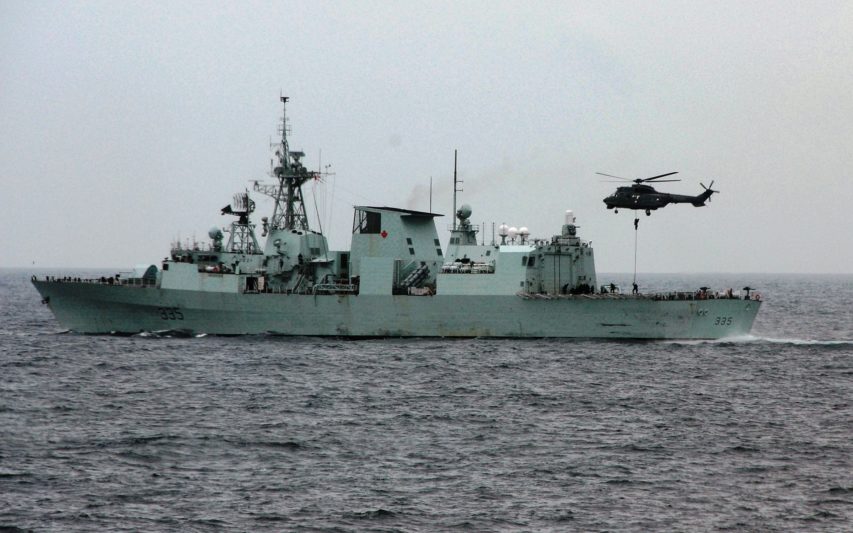
A Chilean navy boarding team fast-ropes onto the flight deck of RCN Halifax-class frigate HMCS Calgary (FFH 335) during multinational training exercise Fuerzas Aliadas PANAMAX 2009.
US Navy photo via Wikimedia.
The Department of National Defence most recently estimated up to a $60B final bill, but the Parliamentary Budget Office estimate was $70B (an increase of $8B over a two-year span), and there’s no reason to assume that things will magically get cheaper between now and whenever Irving Shipbuilding starts construction of the first new ship. David Pugliese reports:
… it could be years before the real cost to taxpayers for the mega-project is actually known as the project is just getting started.
The PBO report warned that any delays in building the first ship will be costly. A delay of one year, for instance, could increase costs by almost $2.2 billion, it added.
The federal government hopes to begin building the ships starting in the early 2020s.
Pat Finn, the head of procurement at DND, said the PBO estimates largely align with what the department figures as the cost of the program. He noted that unlike the PBO, the department does not consider tax in its cost figures. That is because those fees ultimately go back to the federal treasury.
But he also agreed with the PBO on the concern about added cost if the project is delayed. “That is a key one for us. It’s something we’re watching carefully,” said Finn, assistant deputy minister for materiel.
The CSC program is currently in the development phase. The government projects the acquisition phase to begin in the early 2020s with deliveries to begin in the mid-2020s. The delivery of the 15th ship, slated for the late 2040s, will mark the end of that project.
The Liberal government announced in February that it had entered into a contract with Irving Shipbuilding to acquire new warships based on the Type 26 design being built in the United Kingdom. With Canada ordering 15 of the warships, the Royal Canadian Navy will be the number one user of the Type 26 in the world.
The United Kingdom had planned to buy 13 of the ships but cut that down to eight. Australia plans to buy nine of the vessels designed by BAE of the United Kingdom.
The entry of the BAE Type 26 warship in the Canadian competition was controversial from the start and sparked complaints the procurement process was skewed to favour that vessel. Previously the Liberal government had said only mature existing designs or designs of ships already in service with other navies would be accepted, on the grounds they could be built faster and would be less risky. Unproven designs can face challenges as problems are found once the vessel is in the water and operating.
But the requirement for a mature design was changed and the government and Irving accepted the BAE design, though at the time it existed only on the drawing board. Construction began on the first Type 26 frigate in the summer of 2017 for Britain’s Royal Navy, but it has not yet been completed. Company claims about what the Type 26 ship can do, including how fast it can go, are based on simulations or projections.
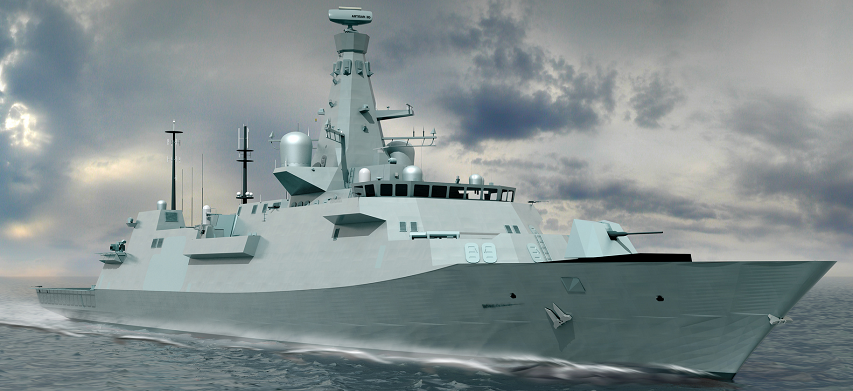
BAE Systems released this artist’s rendition of the Type 26 Global Combat Ship in 2017, which is the design selected by the Canadian government for the Canadian Surface Combatant program.
(BAE Systems, via Flickr)
Ted Campbell commented on the report:
I’m not sure the new ($70 Billion) figure is a terribly useful number for taxpayers like you or me or for policymakers, either. I’m not convinced that DND, itself, much less the whole of government, including the PBO, has a common, coherent understanding of “life-cycle costs,” and I’m damned sure neither the media nor 99.99% of Canadians has one. I’m glad to see that the government includes “the cost of project development, production of the ships, two years of spare parts and ammunition, training, government program management, upgrades to existing facilities, and applicable taxes” but that’s just the tip of the iceberg. These ships are going to be in service for 35± years and they are going to cost money to own and operate every hour of every day and I hope someone is programming ongoing costs (running costs, routine maintenance, upgrades and refits and life extension projects and even disposal) into the long term defence budget guesstimates.
Good management says that the DND budget should be pretty well fixed for the next year or two, fairly firm (even allowing for a change in government) for four or five years beyond the end of the next fiscal year it should be and a reliable planning guide for the next decade or even two. In other words, DND should have a pretty good idea about what it will cost to operate itself, pretty much as it is now, for a generation. I expect (hope, anyway) that defence planners have a “Christmas wish list” of capabilities they want to add or improve/increase (with costs attached) should a defence friendly government ever materialize in Canada or, sadly but more likely when, not if, the need arises.
He also points out the hidden truism about huge government purchases:
… from 1950 to 1958 the several hundred Canadair F-86 Sabre jets that Canada bought for the RCAF was, probably, “the largest single expenditure in Canadian government history,” then from the early 1950s until 1964 the production of 20 destroyers (DDE and DDH) of the St Laurent, Restigouche, Mackenzie and Annapolis classes (all based on one, baseline, design) was, almost certainly, “the largest single expenditure in Canadian government history,” and I know for a fact that the purchase decision (in 1980) of 138 CF-18 Hornets made it “the largest single expenditure in Canadian government history.” The simple fact is that the costs of high-tech aircraft, howitzers, tanks, radios and, especially, ships, keep climbing far faster than inflation and if, as we must, we want our armed forces to be adequately equipped then we need to accept higher costs … especially if we want to build ships in Canadian yards, employing Canadian workers.
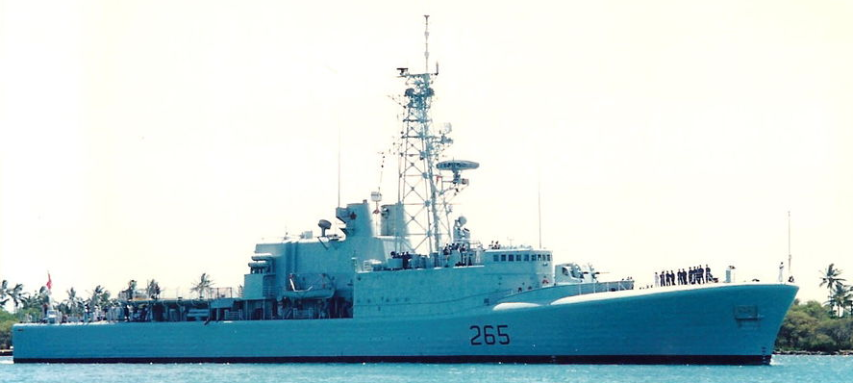
HMCS Annapolis at Pearl Harbour in 1995 (via Wikipedia)

